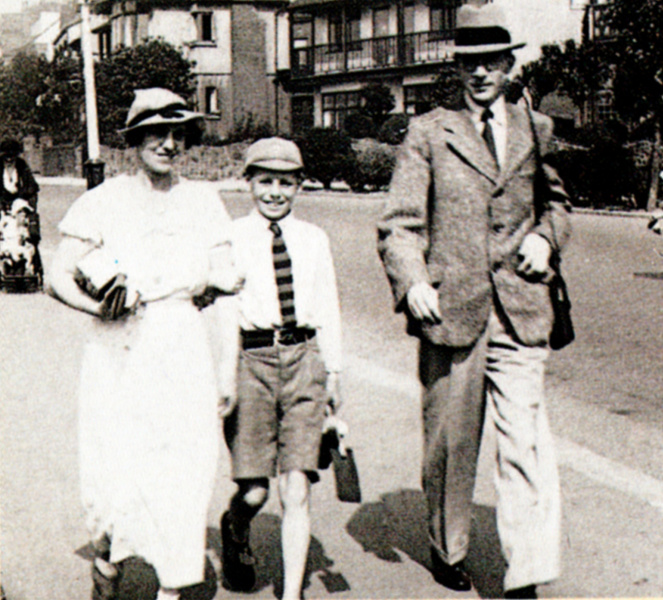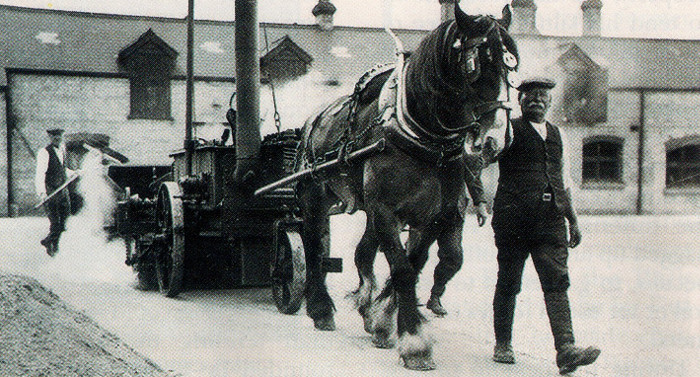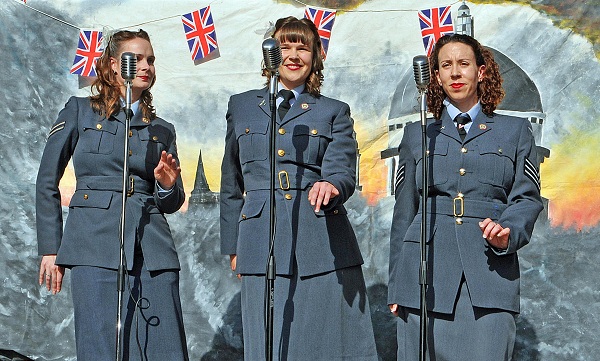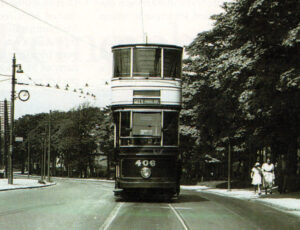
A after returning from the Women’s Land Army in 1947 I worked as a conductress on the Sheffield trams. It was good pay then, and I needed some money to get married. The WLA girls did not get a gratuity payment as the other forces did.
I had to report to the depot on Holme Lane, which is now a medical centre. I was paired with a driver called Bill Clinton. He was a real gentleman, very smart and polite and old enough to be my father. The first week I worked alongside another conductor to learn the procedure, then I was left to get on with it.
At first it was a nightmare: there was such a lot to learn, and I had to work so fast. Imagine 20 or more passengers going to work and travelling perhaps four stops. I had to hurry to get their fares and give change before they got off. At the same time I had to be on the platform to signal two bells, all clear after each stop.
One bell meant emergency stop to the driver but if I needed to draw his attention I’d stamp on a floor pedal which made a clanging sound and he’d look round.
We usually did the Middlewood to Ecclesall route, but as we had to be on a rota sometimes we did other or ‘foreign’ runs. These I found difficult because I wasn’t familiar with the fare stages. Occasionally we were ‘on reserve’. That meant we sat in the Mess room all day and turned out only if a driver and mate missed. This was fine if you needed a rest, but it could get very boring.
This was well before decimal currency, and the fares were only pennies and halfpennies. This meant I carried a lot of copper in my money bag across one shoulder and my punch across the other. Each ticket had to be pulled out of a spring-clip on the holder with one hand, then inserted into a punch operated with the other hand by pressing the trigger. I had an account sheet in a leather wallet in my breast pocket.
After passing each fare stage the number on my remaining tickets had to be written in the appropriate squares on the sheet according to value. I had a square black tin full of tickets. My holder had to be filled up from this, taking care to keep them in rotation.
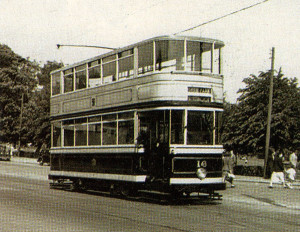
The tram would sway about and throw me on to people’s laps. This would delight some young lads on their way to the steel works wearing their white sweat-towels, but if they got to fresh I would accidentally kick their shins.
When we got to a terminus the driver would take a long pole with a hook on the end, attached along the side of the tram, to unlock the trolley and swing it around to the other end of the tram to contact the overhead wires. I had to swing the seats to face the other way and the driver would change ends, then we’d go back along the same track. The driver would activate the magnetic points by pulling a lever to get us on the other side of the road and so do the journey back. At Millhouses there was a loop track so this procedure wasn’t necessary. There was a public toilet at each terminus for the benefit of transport workers. I don’t know how they manage now.
In the first fortnight when we conductresses were training, we had to learn how to make an emergency stop. In turn we had to apply the brake in an empty tram as it ran without a driver down the slope of Parkside Road. The inspector set it going and sat on a passenger seat. I had to run from my position on the platform to the front and stop it. The children in Parkside Road School would gaze in awe through the school windows at this performance. The teachers were not very pleased at the disruption.
Parkside Road, which is adjacent to the Sheffield Wednesday ground, was used on football match days to ‘stack’ the trams ready to take the crowds back home. The tram crews used to sit on the top deck and watch the match. They had the best view.
When I was on early morning duty I had to be at the depot by 4.15am, so I’d walk to work in the middle of the road with my metal ticket-holder in my hand ready to defend myself should I be accosted in the dark. Strangely it didn’t feel cold until the daylight came, then that first journey was freezing cold on the open platform.
The trams ran to a strict timetable, and as they couldn’t pass each other, one driver would wait at the points of a cross road and signal to the oncoming driver with his fingers and funny gestures as to who should operate the points first. I could never understand these signs. Motor cars would weave in and out around us, but the tram had no way of swerving to avoid collision. I was supposed to indicate left turns by leaning out, and waving my arm, but I was usually too busy to do that. It was a very hard job and I used to go home worn out. I got married in 1948 and didn’t stay on much longer. After having babies women did not go out to work: they stayed at home and did the much harder work of housekeeping and caring for the family.
D Croft




